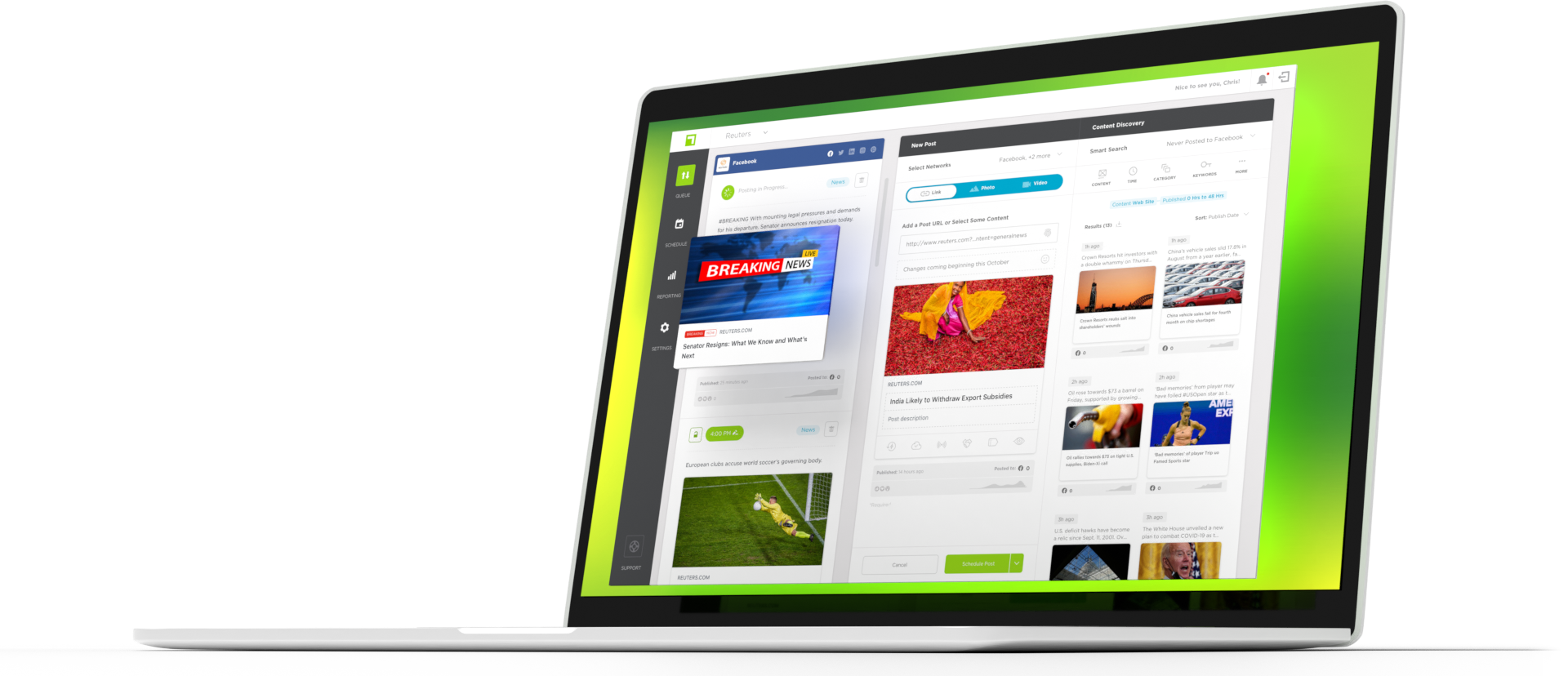At this point, you have almost certainly heard about the importance of hashtags in social media. You’ve seen them in commercials and online advertisements, and on Instagram posts. But why are they important? How do you use them? Which ones do you use? There are many questions, and most of the answers you can turn up in a Google search are probably pretty ambiguous. Let’s look at what hashtags do and how you can do a better job using them. Have you ever thought about using a social media automation tool to help streamline your posts?
What is a hashtag, and how does it work?
It is a tag that allows for the aggregation of content within a platform. So, for example, if you use a hashtag on Twitter, you contribute to a broader conversation surrounding a particular tag. If you follow that hashtag (by clicking through or searching), you can also follow the conversation. It’s that simple and that complicated.
Why do they matter?
When used effectively, a hashtag can help your content reach a much larger audience interested in your specific content. On Twitter and Instagram, in particular, hashtags are a large part of the conversation and help you engage with a broad audience. They are also a great way to aggregate and track content on a smaller scale. If you are hosting a contest or asking for user-generated content, you can promote a hashtag specific to your brand. You can make one up.
How do you choose a hashtag?
Anything can be a hashtag. The hashtag symbol with any combination of characters (sans space) will act like a hashtag. That means you can create your hashtag by researching trending tags, niche-specific tags.
If you’re creating one, you want to be sure that you’re making something easy to remember, easy to type, and easy to decipher. An acronym may make sense, but it’s also going to be confusing to someone who doesn’t know what’s going on. If that matters, make sure you choose something that stands on its own.
If you’re building a hashtag bank, here are things to consider in your research:
- Make sure the tag is relevant
- Choose a mix of broad and less competitive hashtags. For example, #funny is a general tag that is also very competitive and crowded. #funnytoddlers is a more specific version. #diy is competitive. #kitchendiy is a particular conversation, making it smaller. You get it.
- Keep up with trends. Merry Christmas makes sense in December. Not in June. Also, make sure you know what conversation you’re jumping in on. See DiGiorno for what not to do.
Are they different on each platform?
Yes and no. From a technical standpoint, you use hashtags the same way. #hashtag is the format, and you can include them anywhere in a post. However, you deploy them a bit differently on each platform.
You can use up to 30 hashtags on Instagram. Yes, 30. A mixture of widely used and niche hashtags posted either in the first comment or in the caption space is all you need!
1-3 hashtags on Twitter. The limited character count makes the hashtags more prominent, so you want to choose the most specific to your conversation and target them carefully.
The importance of hashtags on Facebook is a little less compelling. Most research around hashtags on Facebook places the difference in performance because hashtags appear as underlined blue text in Facebook copy, differentiating it from standard copy appearance.
Hashtags as a conversation-grouping mechanism are less utilized on Facebook than on other platforms.
Pinterest has changed the way that they use them. You can add as many as you want, but they are no longer clickable and likely will only provide a tiny, initial bit of visibility. Hashtags optional.
TikTok
You can use as many hashtags as you want, given they are an essential part of the TikTok experience. The problem is that you only have 100 characters. However, you can expand hashtags into the comments, but they are significantly less effective once they are out of the caption space. Prioritize wisely. A mix of a popular tag and less competitive tags will give you a good shot at reaching the right target.
Hopefully now you understand the importance of hashtags in your marketing; check out our solutions here! Let’s get to tagging!

